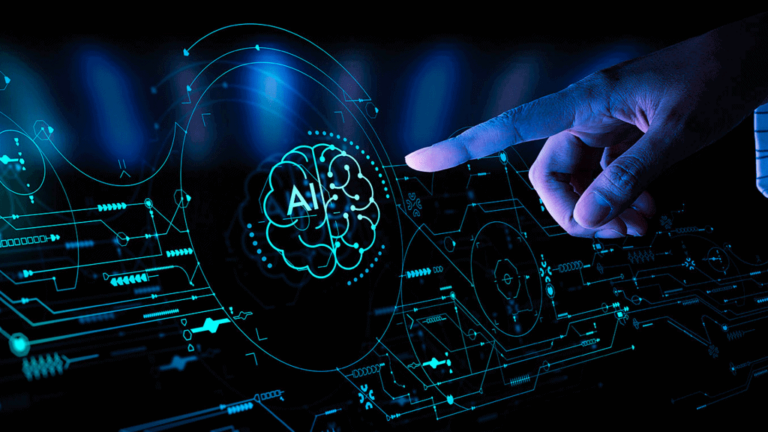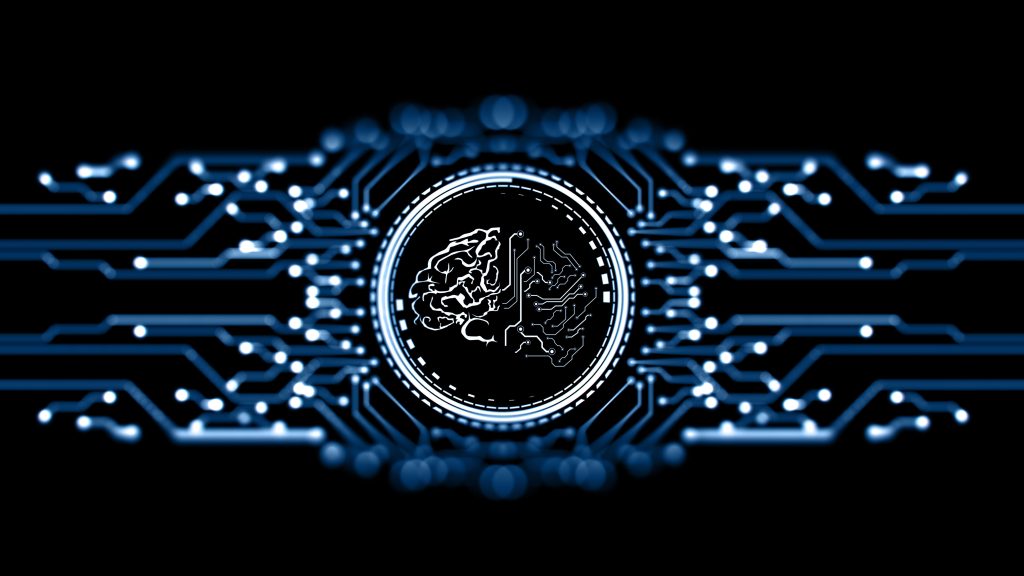Introduction to AI and its Applications in Cybersecurity

The digital landscape is evolving at lightning speed, bringing both incredible opportunities and daunting challenges. As cyber threats become more sophisticated, the need for effective defenses grows ever more urgent. Enter artificial intelligence (AI), a powerful ally in the ongoing battle against cybercrime. From identifying vulnerabilities to predicting potential attacks, AI tools are revolutionizing how organizations protect their data.
Imagine a world where systems can learn from past incidents and adapt in real time to emerging threats. With AI at the helm of cybersecurity efforts, this vision is becoming reality. Businesses large and small are leveraging these advanced technologies to bolster their defenses against an array of cyber risks.
As we delve deeper into the role of AI in cyber defense, you’ll discover how various types of machine learning algorithms are reshaping strategies for security professionals everywhere. Prepare to explore not just the benefits but also some of the hurdles that come with integrating AI into existing frameworks—because understanding both sides is key to harnessing its full potential effectively!
Types of AI used in Cyber Defense

Artificial intelligence has evolved significantly, offering various types to bolster cyber defense.
Machine learning stands out as a key player. It enables systems to learn from data and adapt over time, enhancing threat detection capabilities.
Natural language processing (NLP) also plays an essential role. NLP helps analyze vast amounts of textual data, identifying potential threats hidden in communications or reports.
Another important type is anomaly detection. This method establishes a baseline for normal network behavior and flags any deviations that could signal malicious activity.
Robotic process automation (RPA) speeds up repetitive tasks within cybersecurity operations. By automating responses to common threats, it allows human analysts to focus on more complex issues.
Each type contributes uniquely, creating a layered approach that strengthens defenses against ever-evolving cyber threats.
Advantages of AI in Cyber Defense

AI brings significant advantages to cyber defense, transforming how organizations protect their digital assets. One major benefit is its ability to analyze vast amounts of data swiftly. This capability allows AI systems to detect anomalies and potential threats in real time.
Another advantage lies in automation. Routine tasks, such as monitoring networks or updating security protocols, can be handled by AI. This frees up human analysts for more complex problem-solving duties.
Predictive analytics is another powerful feature of AI in this realm. By analyzing historical attack patterns, AI can anticipate future threats and help organizations prepare accordingly.
Moreover, machine learning algorithms continuously improve over time. They adapt based on new information, making them increasingly effective against evolving cyber threats.
The integration of AI also enhances response times during incidents, allowing for quicker containment and remediation measures that minimize damage.
Challenges and Limitations of AI in Cyber Defense

Despite its promising capabilities, AI faces significant challenges in cyber defense. One primary concern is the quality of data. Algorithms rely heavily on accurate and comprehensive datasets to learn effectively. Incomplete or biased data can lead to erroneous decisions.
Another limitation is adaptability. Cyber threats evolve rapidly, often outpacing AI’s ability to respond. It takes time for machine learning models to be trained on new patterns, leaving gaps that attackers can exploit.
Moreover, the complexity of advanced attack techniques poses a challenge for AI systems. Some cybercriminals employ tactics specifically designed to deceive these technologies.
Human oversight remains essential as well. While AI can process vast amounts of information quickly, human intuition and experience are vital in understanding context and making nuanced decisions.
Resource allocation presents an issue; implementing sophisticated AI solutions demands significant financial investment and skilled personnel—not every organization has those resources readily available.
Real-World Examples of AI in Cyber Defense
Several organizations have successfully integrated AI into their cyber defense strategies. For instance, Darktrace employs machine learning to create autonomous response systems. These systems can identify and neutralize threats in real time, adapting to new types of attacks as they emerge.
Another notable example is IBM’s Watson for Cyber Security. This platform analyzes vast amounts of data from various sources to detect anomalies that human analysts might overlook. By providing actionable insights, it enhances decision-making processes during security incidents.
CrowdStrike also showcases the role of AI through its Falcon platform. It utilizes AI-driven threat intelligence to predict potential breaches before they happen, helping companies stay one step ahead of cybercriminals.
These examples illustrate how organizations leverage advanced technology not just for detection but also for proactive measures against evolving threats in the digital landscape.
Future Possibilities for AI in Cyber Defense
The future of AI in cyber defense is brimming with potential. As technology evolves, so do the capabilities of artificial intelligence. We can anticipate smarter algorithms that learn and adapt to emerging threats in real-time.
Imagine AI-powered systems that not only detect anomalies but also predict attacks before they occur. With advanced machine learning techniques, these systems could analyze vast amounts of data at lightning speed, identifying patterns humans might miss.
Moreover, the integration of AI with blockchain technology may enhance security protocols. This combination could create tamper-proof records while ensuring transparent operations across networks.
Collaboration between AI and human experts will pave the way for innovative responses to complex cyber threats. The fusion of creativity and analytical power stands to revolutionize how organizations defend against breaches.
As we harness this synergy, companies can achieve a proactive stance rather than merely reactive measures in their cybersecurity strategies.
Ethical Concerns and Considerations
The use of AI in cyber defense raises significant ethical questions. One prominent concern is privacy. As AI systems analyze vast amounts of data to identify threats, they may inadvertently infringe on individual rights.
Additionally, there’s the issue of bias in algorithms. If AI learns from flawed datasets, it can perpetuate existing biases, leading to unfair targeting or neglecting certain groups altogether.
Transparency is another critical consideration. Stakeholders must understand how decisions are made by these intelligent systems. Without clarity, trust erodes among users and clients alike.
Moreover, accountability remains a grey area. When an AI system fails or causes harm during a defense operation, who should be held responsible? The developers? The organizations employing the technology?
There’s the potential for misuse. Advanced tools designed for protection could also be weaponized against innocent parties if they fall into the wrong hands.
Conclusion
The landscape of cyber defense is continually evolving. As threats become more sophisticated, the need for innovative solutions grows. AI has emerged as a powerful ally in this war against cybercriminals.
Its ability to analyze vast amounts of data quickly and accurately sets it apart from traditional methods. Organizations that harness AI can detect anomalies and respond to breaches with unprecedented speed.
However, like any tool, AI comes with its own set of challenges. Issues such as false positives, reliance on quality data, and ethical considerations demand careful attention. Balancing these factors will be crucial as we navigate the future of cybersecurity.
Real-world applications demonstrate the effectiveness of AI in enhancing security measures across various sectors. From identifying phishing attempts to monitoring network traffic, its impact is profound.
As technology advances further, so too does our understanding of how best to utilize these systems responsibly. With ongoing research and development, the role of AI in bolstering cyber defense promises exciting possibilities ahead.
The journey into integrating artificial intelligence within cybersecurity isn’t just about technology; it’s also about protecting privacy and ensuring trust in our digital environments.










